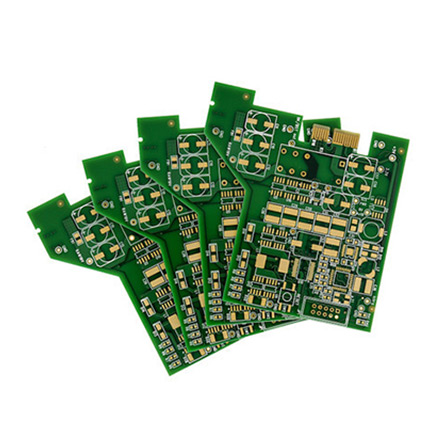

Tempered Double Glazed Glass Enhancing Modern Architecture and Energy Efficiency
In the contemporary world of architecture and construction, innovation plays a pivotal role in enhancing both aesthetic appeal and functionality. One of the most notable advancements in building materials is tempered double glazed glass. This remarkable product combines durability, energy efficiency, and sound insulation, making it an essential component in modern architectural designs.
Tempered glass, also known as toughened glass, undergoes a unique thermal treatment process that increases its strength and safety. This process involves heating the glass to high temperatures and then rapidly cooling it. The result is a glass that is significantly more robust than standard glass, with a resistance to thermal stress and impact. In the event of breakage, tempered glass shatters into small, blunt pieces rather than sharp shards, minimizing the risk of injury. This safety feature is particularly valuable in environments frequented by pedestrians, such as commercial buildings, schools, and public spaces.
When combined with double glazing, the benefits of tempered glass multiply. Double glazed glass consists of two panes of glass separated by a sealed air gap, which serves as insulation. This construction effectively reduces heat transfer, making buildings more energy-efficient. In colder climates, double glazed glass helps prevent heat from escaping, leading to lower energy bills and increased comfort for occupants. Conversely, in warmer regions, this glass type helps keep indoor temperatures stable by minimizing heat gain from the outside.

Moreover, tempered double glazed glass is an excellent barrier against noise pollution
. The air gap between the glass panes acts as a sound insulator, providing a quieter indoor environment, which is particularly desirable in urban areas with high levels of ambient noise. This feature makes it ideal for residential buildings, hotels, and offices located in bustling city centers.Aesthetically, tempered double glazed glass provides a sleek and modern look to buildings. It is available in various thicknesses and finishes, including low-emissivity (low-E) coatings that reflect heat while allowing natural light to enter. This versatility enables architects and designers to create stunning facades, large windows, and glass doors that enhance both the functionality and beauty of a structure.
Sustainability is another crucial aspect of tempered double glazed glass. By improving energy efficiency and reducing reliance on heating and cooling systems, this glass type contributes to lower carbon footprints for buildings. Additionally, many manufacturers now produce glass using environmentally friendly processes and materials, aligning with the growing demand for sustainable construction practices.
In conclusion, tempered double glazed glass stands at the forefront of modern building materials, offering a multitude of benefits that cater to the needs of architects, builders, and occupants alike. Its strength, energy efficiency, noise reduction capabilities, and aesthetic appeal make it an ideal choice for a wide range of applications. As we continue to prioritize sustainability and comfort in our living and working environments, tempered double glazed glass will undoubtedly play a critical role in shaping the future of architecture and design.